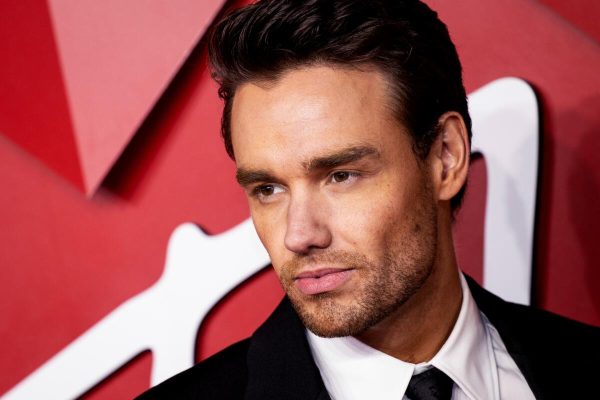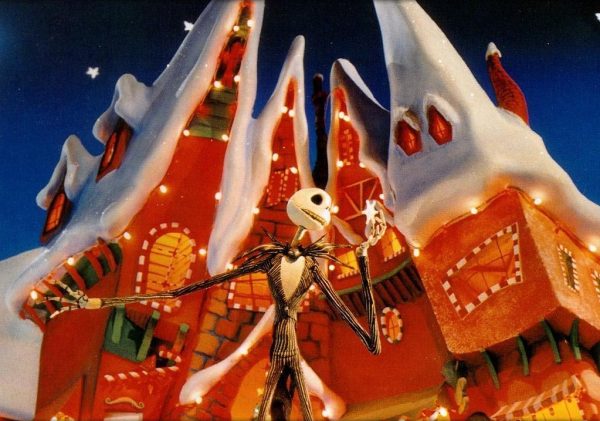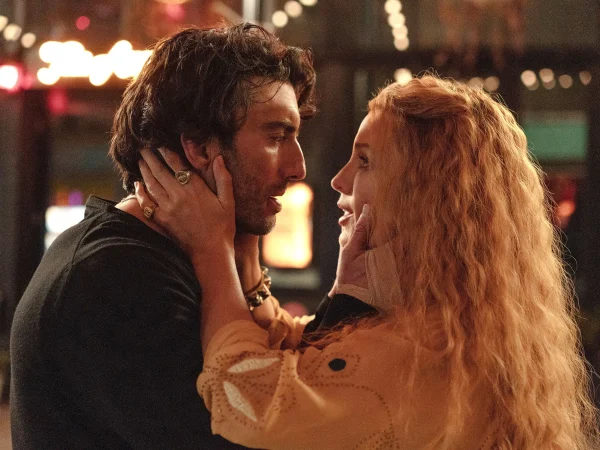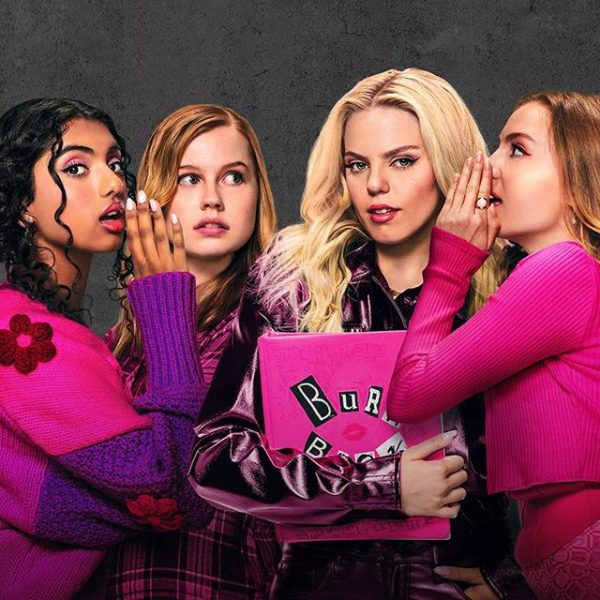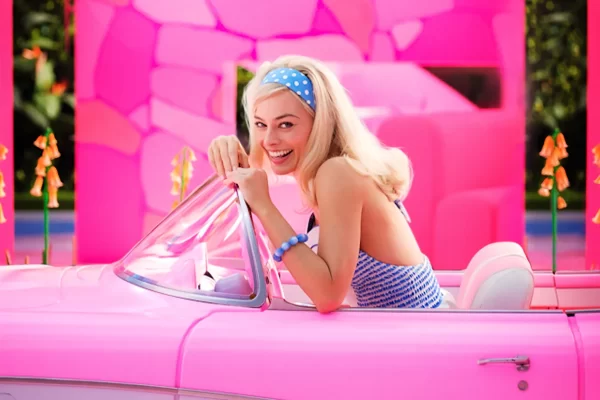The Hateful Eight: an Amazing Cinematography Experience
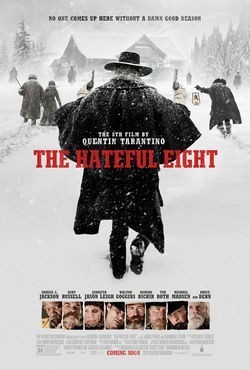
Bring heart medication to this one—Tarantino has done it again. Each film released by this directorial all-star brings something new and refreshing, yet comfortingly his own to the silver screen. After 2012’s bloody, dark western Django Unchained, it was dismaying to learn Tarantino would be tackling another western. After seeing the movie, it is clear that there was no need for dismay. With a brilliant screenplay, breathtaking format and that oh-so Tarantino grit and gore, The Hateful Eight is the best film to hit theaters in a good, long time.
Captured entirely on film, with no digital filming or digital release, the first thing to mention would be the limited-theater 70mm format (the unbelievably giant aspect ratio of the film) that Tarantino woke from its slumber to capture the epic story he’s presenting. Ultra Panavision 70mm is a format that’s long been dead — not being made use of since the equally epic films of the 60s. The crew raiding the archives of Panavision for the wide angle lenses and refurbishing them and refitting them for modern cameras brings a subtle hint of the more regal era of cinema,as these are the same lenses that captured films like Ben-Hur.
The 70mm format is simply breathtakingly gorgeous. The widest aspect ratio of any format and displayed edge-to-edge on the movie screen, 70mm captures an unbelievable amount in each shot with the stunning clarity that only these special lenses and format can provide. The audience sees not only an entire mountain range, but also every crack, ridge and shadow. The audience sees not only the entire interior of a cabin, but also every, splinter, wood knot, and bit of dust. Reviving the 70mm format from its coma provides a wholly luxurious picture.
The “Special Roadshow Engagement” title refers to the films spectacular presentation. No commercials and trailers are played beforehand, only the haunting Overture is played while you wait for the film to begin. The roadshow release also includes a 15-minute intermission that gives the audience the opportunity to talk about the film. Also, colorful souvenir programs that include still shots of the film, character headshots and names, as well as information regarding the 70mm format and roadshow-style of movie-going were handed out. All of these aspects combine to totally immerse the viewer in the old-school, vintage and breathtaking experience — one not experienced since 1966 and not likely to be experienced again any time soon.
The movie itself is a beautiful, dark and exhilarating thrill ride that captures the attention of the audience from overture to end credits. The film is so captivating that the audience doesn’t feel as if it is watching a three hour film — a runtime that could easily be boring and drawn out. Tarantino’s highly-stylized, yet lifelike dialogue and characters submerges the audience into a world from which it doesn’t want to return. The intricately complex plot keeps you guessing and wondering what will happen every second — even to the very last one. Viewers hang onto the edge of their seats the entire time, biting their nails in awe at the twists and turns being thrown at them. Even the long shots of the beautiful landscapes and the artsy camera work is kept interesting by the format and style.
The cast features many of Tarantino’s favorites: Samuel L. Jackson and Tim Roth, among others. Each part is critical and important to the plot, creating a thought-provoking character study that essentially throws several archetypes into a single environment, yet doesn’t become cliché with the stereotypical western characters. The audience can tell that everyone has a secret and everyone is unsure with one another. Knowing that everyone is untrustworthy, though it is unclear why, adds a tremendous amount of drama to the piece. The sheer tension among the party is thick enough to cut with a dull knife. The distrustful and uneasy relationships tease the viewer that something bad is going to happen, but makes it unsure what and when it is going to snap. When it does hit the fan, the payoff from the elaborate set up is so good, the audience begs for more and the film delivers. The heart-racing movie keeps blood pressure high and nerves wracked.
The movie is 100 percent tense and nerve rattling, more so than any other film. This figure is doubled to 200 percent when coupled with legendary western icon and Grammy award-winning composer Ennio Morricone. Having composed the original scores for such epitomical westerns as The Good, the Bad, and the Ugly and Once Upon A Time in the West as well as many films of different genres, including The Thing and The Untouchables, this is the first western film Morricone has scored since 1981.
He hasn’t lost his touch and the eerie, spooky music makes all the difference. Morricone fills in the gaps in dialogue with music that perfectly sets the tone of whatever scene is playing, which, of course, all tie back to the haunting overture that made the audience shake in its boots before the film even begins. Such effective and powerful music as this has not been used in film in a long time. The score only serves to add to the eloquent grandeur that the film tries to and succeeds in pulling off. The Hateful Eight would be incomplete without this beautiful, epic score.
The gritty violence and stomach churning gore may be a little much for the average viewer. Having said that, one does not walk into a Tarantino film without expecting a large amount of violence and gore — and The Hateful Eight delivers. With blood, vomit, stew and coffee, liquids are going everywhere and the gunslingers get down and dirty.
As the film gets more and more tense and the secrets get closer and closer to being revealed, the cast progressively gets filthier. The bloody action is unmistakably Tarantino and watching it puts the viewer into a darkly fun world. The film is unmistakably rooted in the western genre, with obvious influences from western films of the days of old weighing in with Tarantino’s own flair to create an amalgamation of classic western cinematic style and modern action that takes an already gritty genre and throws even more dirt on top.
The set and costumes also serve to add meaningful and artistic flair to the film, while staying firmly in its post-Civil War period. Tarantino is the master of of perfectly mixing his outlandish style with convincing realism in his sets, costumes, characters, dialogue plots and everything in between—and The Hateful Eight is no exception.
With every classic Tarantino nuance and coming together to create his magnum opus, this film harkens back to once widely celebrated culture of films and film-going. It takes a page from the old days when everything was a production. When details mattered and going the extra mile to create something special and innovative was the norm. It breaks new ground by using ground that has already been broken and paved over by releasing in 70mm format—something truly glorious to behold. Combining Tarantino’s genius filmmaking, Morricone’s supreme musical skill, and the deluxe grandness of the Ultra Panavision 70mm format and special roadshow engagement release, The Hateful Eight is the cinematic experience of a lifetime, an experience that leaves one breathless and awestruck.
Final Verdict: 5/5




